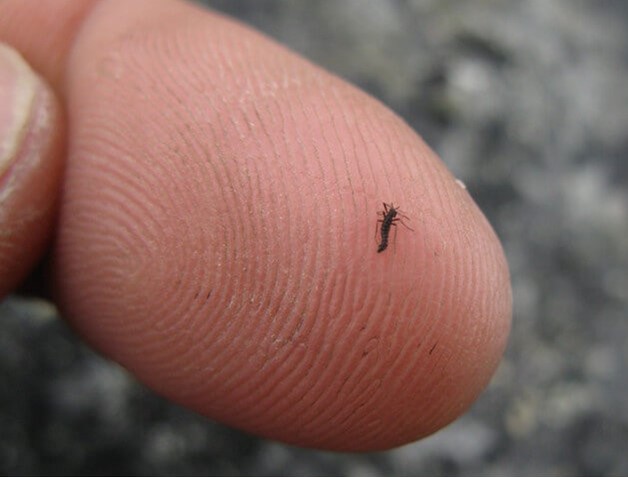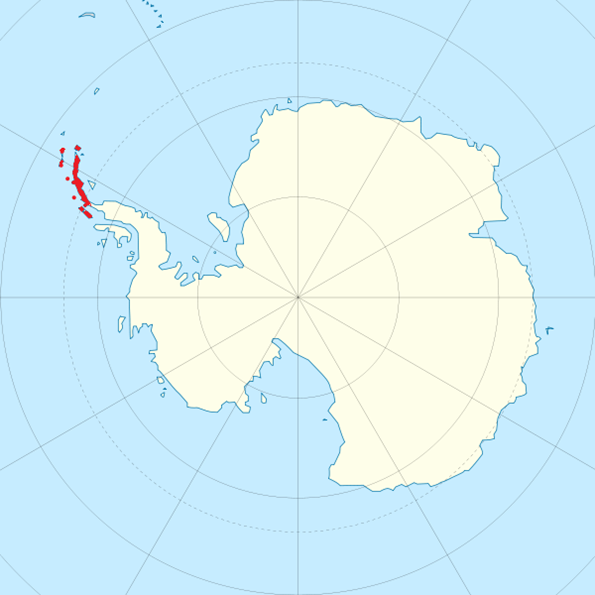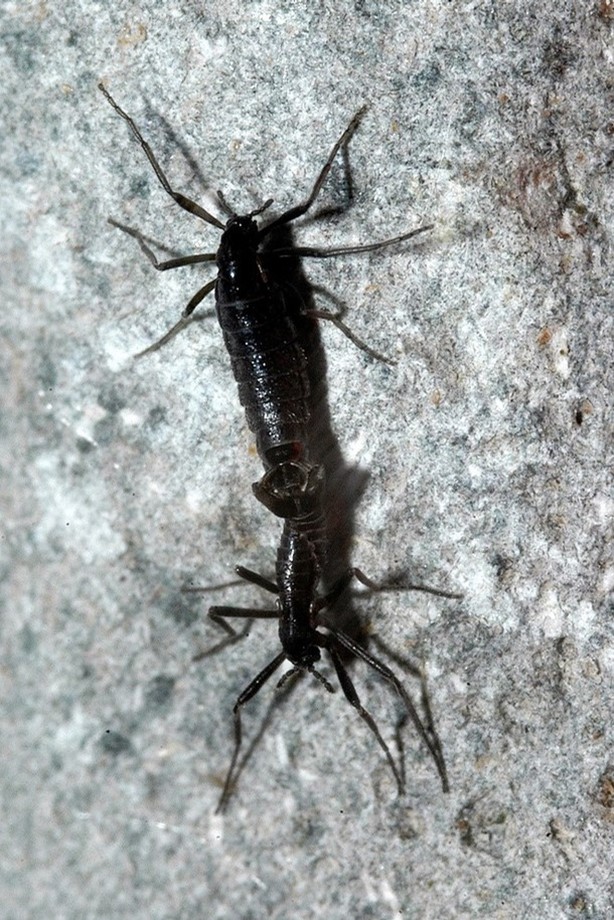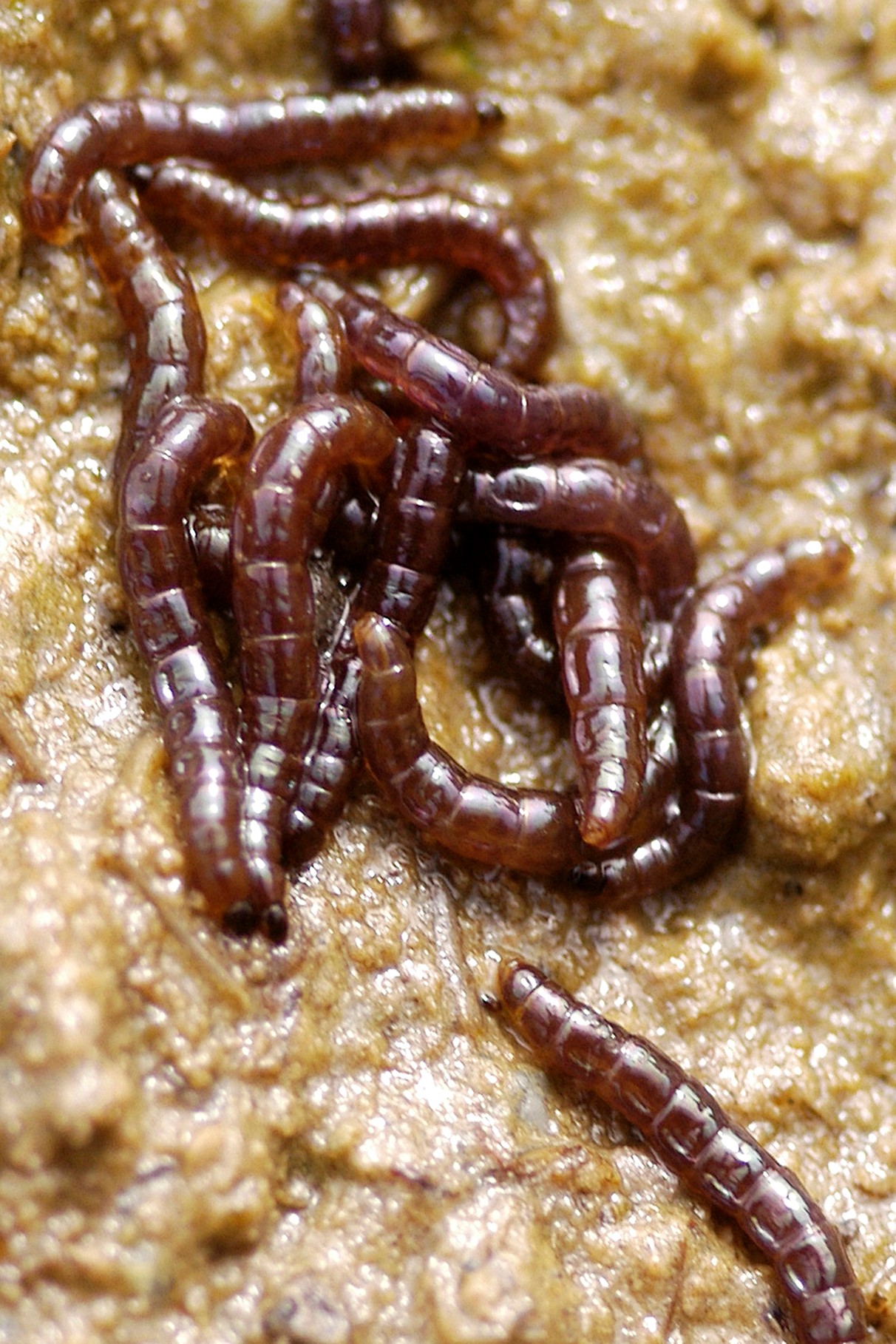
Credit: Infinite Knowledge
Besides a few very committed scientists, there’s only one organism that can live on the continent of Antarctica year-round. It’s not a penguin or a seal; they live mostly at sea.
No, it’s the tiny Antarctic midge, just a quarter inch long and extremely adapted to the extreme environment.
Midges are small insects that usually fly and bite hosts to feed on blood. The Antarctic midge does neither.
Like many insects in very windy places, it has lost its wings to keep from being blown away—and here—to avoid losing heat.
This midge can thrive in temperatures down to five degrees Fahrenheit and actually requires subfreezing conditions to survive.
It does this by dehydrating itself, losing up to 70 percent of its water, and producing antifreeze-like proteins in its blood.
The larvae, which look like tiny worms, hatch from eggs and congregate just below the ice, eating bacteria and penguin dung on the rocky shores, where they have no predators.
This is by far their longest life stage, lasting three years: until in their third summer, they molt into adults and live about a week to breed.
The females lay eggs in a protective antifreeze gel, then die, and the cycle starts again.
Yet another example of the wide-ranging adaptability into narrow environmental niches of life on Earth.
Background
Synopsis: Antarctica is an extreme continent, so it is no surprise to find out that its only full-time resident is an extremophile insect called the Antarctic midge or Belgica antarctica. The only insect on the continent, this tiny flightless midge can survive temperatures as low as 5°F (-15°C), extreme desiccation, intense UV exposure, and a wide range of salinities.
- Around 30–33 million years ago plate tectonic processes caused the land bridge between the Antarctic Peninsula and South America to founder.
- Before then, South America, Antarctica and Australia were connected.
- The development of the Drake Passage isolated Antarctica, turning it into an extreme cold desert environment inhospitable to most life.
- While marine animals like seals and penguins frequent the shores for breeding grounds, they don’t live on the land full-time.
- Insects tend to be the dominant life form on most continents, but only one native insect species lives year-round in Antarctica, the tiny Antarctic midge.
- Belgica antarctica was first discovered and documented by a naturalist aboard the S.Y. Belgica during the Belgian Antarctic Expedition of 1897–1899.
- Midges are small flies, some of which are winged and some of which are biting insects. Midge comes from the Old English and Germanic words for “fly.”
- The Antarctic midge is the only animal that can survive Antarctica year-round, living along rocky coastlines of the Antarctic Peninsula and South Shetland Islands.

The range of the Belgica antarctica (in red) is limited to the northern Antarctic Peninsula and the South Shetland Islands that extend toward the southern tip of South America.
Credit: Стефанко1982, via Wikimedia Commons - This environment is characterized by extreme UV exposure, frigid temperatures, high winds, intermittent dehydration, and exposure to salinity extremes ranging from sea water to ice melt, not to mention extreme nitrogen exposure related to penguin and seal breeding grounds.
- Antarctic midges are barely bigger than a flea, with lengths ranging from 1/12 to 1/4 in (2–6 mm). They have developed several extreme adaptations to survive in this harsh environment.
- The adults are flightless, with no wings. Many insects on windswept islands are wingless to prevent them from being blown out to sea, but for Belgica antarctica there is another reason to lose the wings: avoiding heat loss.
- Antarctic midges can survive below freezing temperatures down to 5°F (-15°C).
- They can survive the loss of up to 70% of the water in their cells, while most animals die if they lose 20%. Cryoprotective dehydration draws water out of the body, depressing the body fluid melting point so the animals remain unfrozen at temperatures below freezing.
- Additionally, their blood contains chemicals that stabilize proteins and membranes by binding to them while reducing ice formation, like antifreeze. And they have special shock proteins that repair damaged proteins.
- These midges can also endure large shifts in osmotic pressure from salinity changes caused by intermittent sea water versus fresh ice meltwater exposure.
- These insects have an unusual life cycle.
- Adult midges live just 7 to 10 days, during which time they crawl over the rocks and moss to mate in groups within a day of emerging.

A larger female and smaller male of the species Belgica antarctica during mating. They only live 7 to 10 days as adults.
Credit: Tasteofcrayons, public domain, via Wikimedia Commons - Females lay eggs in a protective antifreeze gel blanket to prevent dehydration and provide a food source for hatching larvae; then, they die.
- Larvae eat bacteria, terrestrial algae, moss, organic detritus and nitrogen-rich penguin droppings and have no predators.
- To decrease heat loss, the midge larvae congregate encased in ice just below the exposed surface. There, temperature is moderated to around 28 to 32°F (-2 to 0°C) for most of the year, dropping as low as 19°F (-7°C) in winter extremes.
- The larvae require subfreezing temperatures. They can only survive a week at temperatures of 50°F (10°C).
- Midge larvae take two full years to develop and emerge as adults in their third Southern Hemisphere summer, starting the reproductive cycle again.

The larvae of Belgica antarctica, a flightless midge and Antarctica's only indigenous insect.
Credit: Richard E. Lee, Jr., NSF
- Adult midges live just 7 to 10 days, during which time they crawl over the rocks and moss to mate in groups within a day of emerging.
- These amazing insects have the smallest genome ever sequenced in an insect.
- This is surprising because animals living in extremely cold environments tend to develop large genomes because of evolutional adaptations required for survival.
- The Belgica antarctica genome has only 99-million base pairs, compared to 139.5 million in fruit flies and 3.2 billion in humans.
- The genome carries 13,500 functional genes, like many flies, but appears to have stripped down much of the unused junk DNA that normally remains in genomes as new adaptations make old DNA redundant. Researchers are looking into whether this genome tidying is tied to extremophile adaptation.
- The genome exhibits an abundance of genes associated with development, metabolism, and response to external stimuli, all of which are important for survival in the harsh environment.
- The prize for the smallest genome sequenced to date in any living organism goes to a symbiotic bacterium, Carsonella ruddii, which has just 159,662 base pairs and 182 protein-encoding genes.

